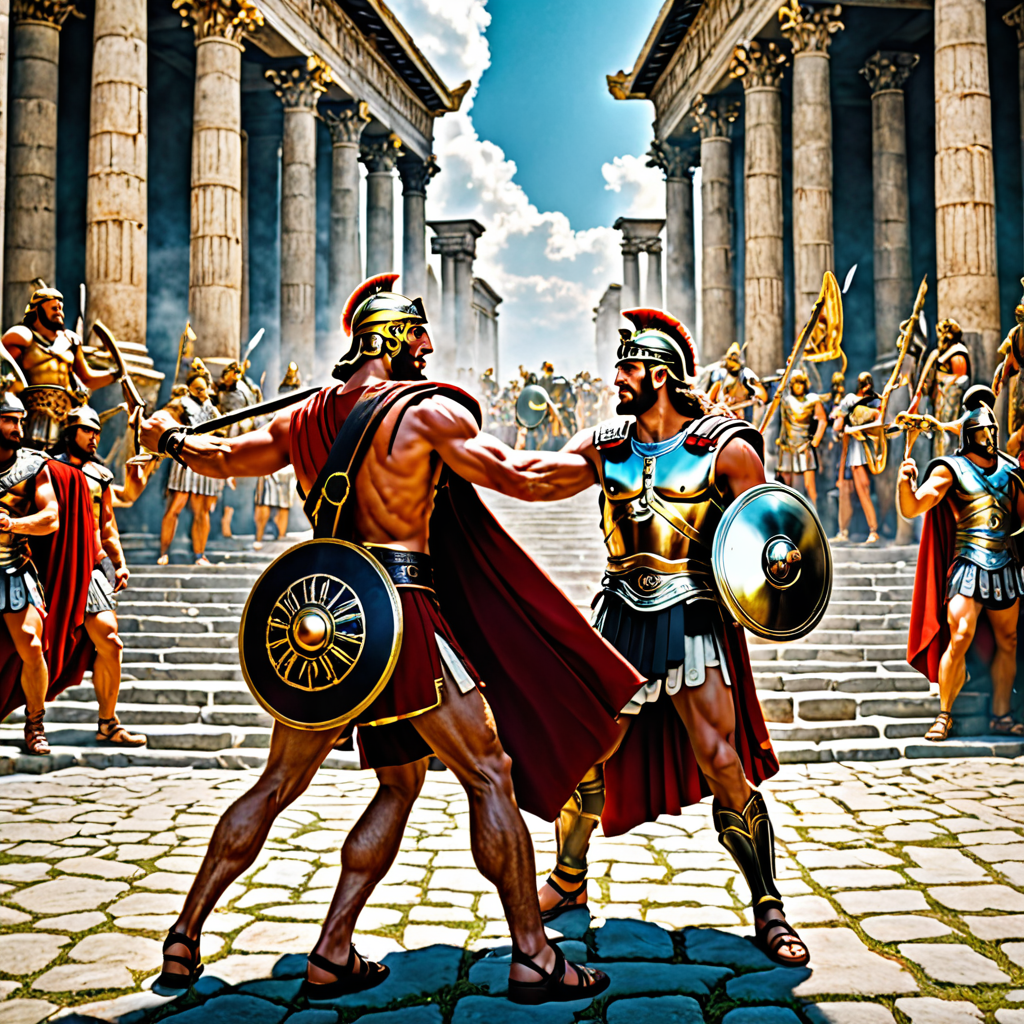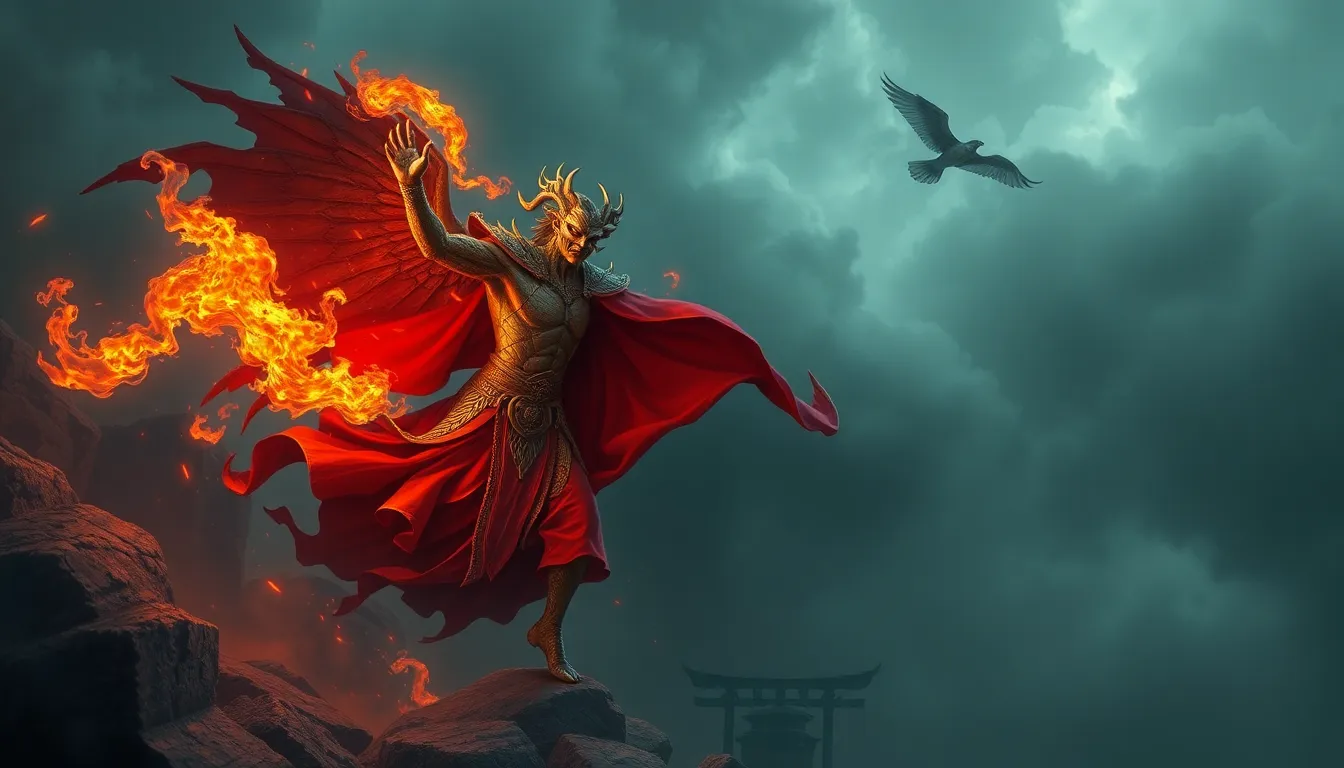Exploring the Sacred Sites of Thai Mythology
Origins of Thai Mythology: Ancient Beliefs and Influences
The rich tapestry of Thai mythology is woven from threads of ancient beliefs, cultural influences, and a deep connection to the natural world. As a land blessed with fertile plains, majestic mountains, and shimmering waters, Thailand has long been revered as a sacred space. The earliest forms of Thai mythology were influenced by animistic traditions that revered nature spirits, or phi, believed to inhabit every aspect of the environment, from towering trees to the smallest insects. These beliefs were further shaped by the arrival of Hinduism and Buddhism, which brought with them a pantheon of deities, complex philosophical concepts, and a profound emphasis on spiritual enlightenment.
The integration of these diverse beliefs gave rise to a unique and vibrant mythology that permeates every aspect of Thai culture. From the intricate carvings adorning ancient temples to the daily rituals practiced by ordinary people, the stories, deities, and sacred sites of Thai mythology continue to guide and inspire generations of Thais.
The Role of Temples and Shrines in Thai Cosmology
In Thai cosmology, temples and shrines are not mere buildings but gateways to the spiritual realm. They are considered sacred spaces where the divine meets the mortal, where spirits reside, and where humans can connect with the transcendent. These structures are often built in alignment with the principles of feng shui, ensuring a harmonious flow of energy and aligning the temple with the natural forces of the universe.
The construction of temples and shrines is a testament to the profound respect Thais hold for their spiritual heritage. They are not simply places of worship but also community centers, repositories of knowledge, and vital components of the social fabric. Temples and shrines serve as a constant reminder of the interconnectedness of humanity, the natural world, and the divine.
The Spirit World: Devas, Demons, and Nature Spirits
The spirit world in Thai mythology is a realm teeming with diverse entities, each with its own personality, powers, and role in the cosmic balance. Devas are benevolent celestial beings who are often associated with specific elements, like water, fire, or wind. They are believed to possess great wisdom and power, and they are invoked for protection, prosperity, and guidance.
Demons, on the other hand, are mischievous, malevolent spirits who are often associated with darkness, disease, and misfortune. They are believed to be capable of causing harm to humans, and they are often appeased through offerings, rituals, and prayers.
Nature spirits, or phi, are believed to inhabit every aspect of the natural world. They can be benevolent or malevolent, depending on how they are treated. Respecting nature and honoring the spirits that reside within it is considered essential in Thai culture.
Major Deities and Their Temples: Brahma, Vishnu, Shiva, and More
The Hindu trinity of Brahma, Vishnu, and Shiva, along with other major deities like Indra, Surya, and Lakshmi, play a prominent role in Thai mythology. These deities are associated with specific attributes and powers, and they are often invoked in rituals and prayers.
Brahma, the creator god, is often depicted with four heads, representing the four Vedas, the sacred texts of Hinduism.
Vishnu, the preserver god, is known for his many avatars, including Rama and Krishna.
Shiva, the destroyer god, is associated with transformation, rebirth, and the cyclical nature of life.
Thai temples often dedicate specific areas to these deities, allowing devotees to pay their respects and seek their blessings.
The Significance of Sacred Animals and Symbols
Animals and symbols hold deep meaning in Thai mythology, reflecting the interconnectedness of the spiritual and natural realms.
The elephant is a symbol of wisdom, strength, and royalty.
The garuda, a mythical bird-like creature, represents power, speed, and protection.
The naga, a serpent-like deity, signifies water, fertility, and the cyclical nature of life.
These symbols are often incorporated into temple architecture, sculptures, and murals, serving as reminders of the deeper spiritual meanings associated with these creatures.
The Rituals and Practices of Temple Worship
Temple worship in Thailand is a vibrant expression of faith and devotion. It involves a wide range of rituals, practices, and offerings that reflect the deep connection Thais have with their spiritual heritage.
A typical visit to a temple often begins with a wai, a traditional greeting where palms are pressed together in front of the chest and the head is bowed slightly. This gesture signifies respect and reverence for the sacred space and the deities within.
Devotees then proceed to make offerings, which can include incense, candles, flowers, and food. These offerings are seen as a way of expressing gratitude to the deities and seeking their blessings.
Meditation and chanting are also important aspects of temple worship. Devotees often sit in quiet contemplation, reflecting on the teachings of Buddhism or seeking guidance from the deities. Chanting sutras and mantras is believed to promote peace, clarity, and spiritual growth.
Festivals and ceremonies play a vital role in Thai temple life. These events often involve elaborate processions, colorful decorations, and special rituals that honor specific deities or commemorate important events in Buddhist history.
Practices specific to spirit worship:
While Buddhism is the dominant religion in Thailand, the belief in spirits persists in many rural communities. People often make offerings to nature spirits, known as phi, at shrines or sacred sites. This can involve leaving food, drinks, incense, and flowers to appease these spirits and seek their protection.
The Cultural Impact of Temples and Shrines on Thai Life
Temples and shrines are more than just places of worship in Thailand; they are integral to the social and cultural fabric of the nation. They serve as community centers, educational institutions, and repositories of artistic and cultural traditions.
Community Hubs: Temples often host community events, gatherings, and festivals. They provide a space for people to connect, share traditions, and celebrate important milestones in their lives.
Educational Institutions: Temples play an important role in the education of young Thais. Many temples offer religious classes, meditation courses, and traditional arts and crafts workshops.
Preservation of Culture: Temples are repositories of Thai art, history, and culture. The intricate carvings, murals, and sculptures found within these sacred spaces offer valuable insights into the beliefs, values, and traditions of the Thai people.
Social Welfare: Temples often provide social welfare services to the community, such as free meals, medical care, and shelter for the needy.
Symbol of National Identity: Temples and shrines are a powerful symbol of Thai national identity. They serve as a reminder of the country's rich cultural heritage, spiritual values, and enduring traditions.
Theories on the Evolution of Thai Temple Architecture
Thai temple architecture is a unique and breathtaking blend of indigenous styles, cultural influences, and religious beliefs. It reflects a fascinating evolution over centuries, with each era adding its own distinctive elements and interpretations.
Early Influences: Early temples in Thailand were influenced by the architectural styles of India and Cambodia.
Sukhothai Period (1238-1438): The Sukhothai period saw the emergence of a distinctive Thai style, characterized by elegant proportions, graceful curves, and a focus on natural beauty.
Ayutthaya Period (1350-1767): The Ayutthaya period was a time of great wealth and prosperity, reflected in the grand scale and intricate ornamentation of temples built during this era.
Bangkok Period (1782-Present): Bangkok temples continue to reflect the key elements of earlier styles, but they also incorporate new materials and techniques, such as the use of glass and modern building materials.
Influence of Buddhism: Buddhist beliefs and teachings deeply influence Thai temple architecture. The concept of karma, the cyclical nature of existence, and the pursuit of enlightenment are expressed through elaborate carvings, murals, and symbolic representations.
The Future of Sacred Sites in Contemporary Thai Society
As Thailand continues to modernize and evolve, the role of temples and shrines in contemporary society remains a complex and multifaceted issue.
Preservation and Sustainability: The challenge of preserving these sacred sites while ensuring their sustainability in a changing world is paramount.
Modernization and Adaptation: Temples are increasingly adapting to the needs of modern society, incorporating technology and new approaches to religious education and outreach.
Tourism and Development: The influx of tourism presents both opportunities and challenges for temples. While tourism can generate revenue and raise awareness of Thailand's cultural heritage, it can also lead to overcrowding, commercialization, and a disconnect from the true purpose of these sacred spaces.
- Interfaith Harmony: Thailand is a multi-religious society, and fostering understanding and respect between different faiths is crucial for maintaining social cohesion and peaceful coexistence.
FAQ
Q: How do I behave respectfully when visiting a Thai temple?
A: Dress modestly, remove your shoes before entering, refrain from loud talking or disruptive behavior, and be mindful of the sacred nature of the space.
Q: What are some famous temples in Thailand?
A: Some well-known temples include Wat Arun Ratchawararam Ratchawaramahawihan (Temple of Dawn), Wat Phra Kaew (Temple of the Emerald Buddha), and Wat Pho (Temple of the Reclining Buddha).
Q: What is the difference between a temple and a shrine?
A: Temples are typically larger structures dedicated to a particular deity or religious tradition, while shrines are smaller, often dedicated to specific spirits or ancestors.



